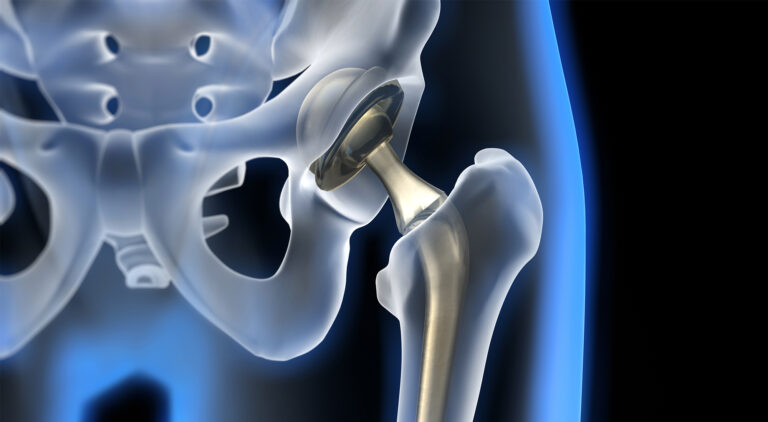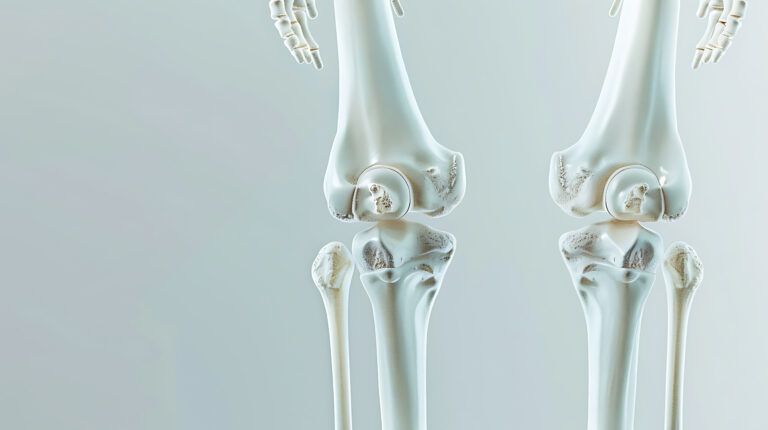
Introduction
Stretching is a simple yet highly effective practice that plays a crucial role in maintaining joint health, flexibility, and overall mobility. For women, regular stretching can help prevent injury, reduce muscle stiffness, and improve posture. With the hormonal changes that come with aging, such as menopause, stretching becomes even more important to maintain flexibility and prevent joint discomfort. Incorporating stretching into a daily routine supports both physical and mental well-being, enhancing daily movement and athletic performance.
Overview
Stretching helps lengthen muscles, improve circulation, and increase the range of motion in joints. It also helps maintain healthy joint lubrication, reducing the risk of stiffness and joint degeneration. For women, who may be more prone to joint issues like osteoarthritis, stretching can reduce discomfort and enhance joint function. Combining static (held) stretches with dynamic stretches (movement-based) can offer the most benefits in enhancing flexibility and supporting joint health.
Potential Risks and Complications
- Overstretching: Pushing the body too far beyond its range can cause ligament or muscle strains, leading to injury.
- Lack of Warm-Up: Stretching without warming up the muscles can increase the risk of injury, as cold muscles are more prone to strain.
- Pre-existing Joint Conditions: For women with joint conditions like arthritis, improper stretching techniques can worsen symptoms.
Understanding the Recovery Process
- Rest and Ice: After an intense stretching session, rest and ice can reduce inflammation if soreness or tightness occurs.
- Gentle Stretching: A gradual approach, where stretches are held gently, helps avoid injury and promote joint mobility.
- Hydration and Nutrition: Proper hydration and nutrition are essential to support muscle recovery and flexibility.
Factors Influencing Outcomes
- Frequency of Stretching: The more consistently stretching is incorporated into the routine, the greater the improvement in flexibility and joint health.
- Intensity of Stretching: Gentle stretching is more beneficial for maintaining joint health, while aggressive stretching may cause injury.
- Age and Activity Level: Younger, more active women may find it easier to improve flexibility, while older women or those with joint conditions may need more tailored approaches.
- Underlying Health Conditions: Women with conditions like arthritis may require specialized stretching routines to avoid aggravating symptoms.
Informed Decision-Making
- Consulting a Professional: Before beginning any stretching regimen, consulting a physical therapist or healthcare provider is important, especially for women with joint concerns or pre-existing conditions.
- Tailoring Stretching Routines: Women should personalize their stretching routines to target areas of tension and vulnerability, such as the hips, knees, and lower back.
- Proper Techniques: Understanding the correct form and avoiding jerky movements ensures that stretching benefits joint health without causing strain.
Key Takeaway
Stretching is essential for maintaining joint health, flexibility, and mobility, especially for women who are prone to joint discomfort or stiffness. Regular, gentle stretching not only enhances flexibility but also helps prevent injuries and supports overall well-being.
Disclaimer
This content is for informational purposes only and is not a substitute for professional medical advice, diagnosis, or treatment. Always consult with a healthcare provider or physical therapist before starting a new stretching regimen, especially if you have pre-existing joint issues or health conditions.




